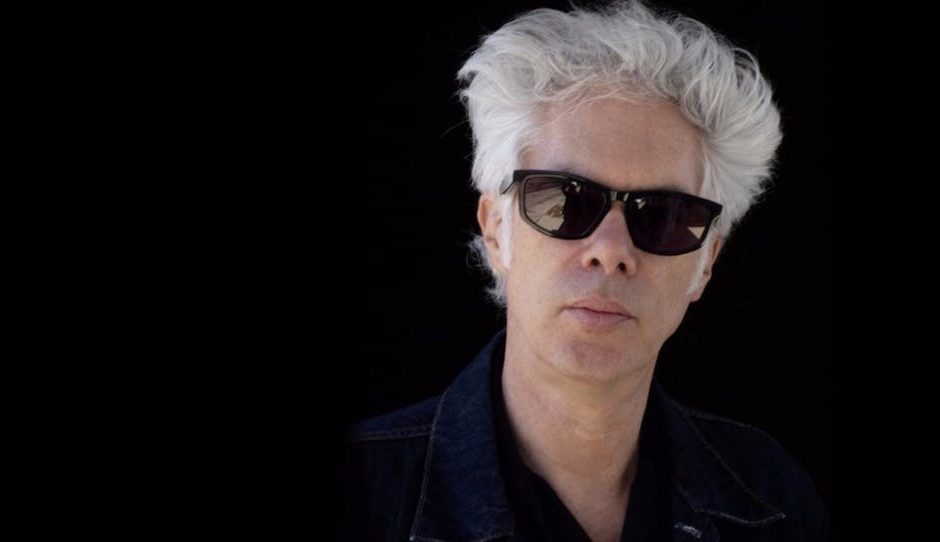Paterson is about routine. Every day, the titular bus driver/poet, played by Adam Driver, wakes up beside his sleeping wife, Laura (Golshifteh Farahani), and dutifully goes to work. The film is structured like a weekly agenda book, with each day fully delineated from the last. There’s a sense that the job offers Paterson—formerly a military man, the movie hints—some kind of comfort. A respite from chaos. Yet it’s not something director Jim Jarmusch personally relates to.
“My motto’s always been: it’s hard to get lost if you don’t know where you’re going,” Jarmusch says. “The best plan is no plan. I’m the happiest and most productive when I’m generating ideas.”
For Paterson, having an interior mental space to meditate on his poetry just before his shift begins seems virtually essential to the creation of his art. “He likes having that regimented life,” Jarmusch explains. “It allows him to drift and receive things for the creative part of his life.”
Marking time over the course of a week is deliberate in the film, as if it’s trying to argue that sometimes the creative process can require a kind of necessary ritual. Perhaps more simply, the Paterson articulates that every artist is different. (Laura, too, is an artist, and she works differently.) Making a movie is also a highly structured process, one that even a free-spirited filmmaker cannot avoid. As Jarmusch explains, time is money.
“It’s very regimented,” he says. “But even within that I like freedom. I never storyboard a film. I don’t even write shot lists. [The DP and I will] have an idea of how we’ll shoot a scene in advance—but we don’t distribute it to the crew and say, ‘This is how many setups we’re going to be doing today.’ We don’t want that restriction. I like thinking on my feet. I’m not analytical. I’m intuitive. To protect that, I like things to not be too confined.”
One thing that Jarmusch does have in common with Paterson is an ambivalence toward technology, which he describes as a useful tool, but “never inherently good or bad—it’s just how it’s used.”
The difference lies in not appreciating the variety of technologies that can exist after newer tools are created. “Putting all the weight on new technology is a bit short-sighted and narrow-minded,” Jarmusch explains. “That’s like when photography was invented, people said there would be no more painting because painting was figurative. That’s absurd. That’s like saying, ‘Well, you have a laptop, why are you writing with a pen? Are you old-fashioned?’”
Jarmusch emphasizes he’s not anti-technology. The director has shot his last couple of films on digital and has used digital editing equipment for two decades. When it comes to writing his scripts, though, he prefers pen and paper, not unlike Paterson. “It’s less uniform. I like seeing a coffee stain on my notebook or a place where I crossed [something] out. Whereas on a computer you just delete whatever. And then it’s like, ‘Wait! Maybe I had an idea that might be useful … Oh, it’s deleted!’”
There are pros and cons to every technology, for sure. Even notebooks are prone to some forms of loss, as Paterson explores in one of its few dramatic scenes. The image of Marvin, the couple’s guilty English Bulldog, running away as a confetti spray of ripped-up notebook paper litters their living room is one of the funniest and saddest pivots in the film.
“But it’s like the stupidest story plot, like ‘my dog ate my homework,’” Jarmusch says with a sheepish laugh. “ It’s kind of ridiculous. But that’s OK. It’s not an innovative plot, and there’s almost no plot in the film. It’s the structure of seven days in the lives of some people. It’s not intended to be more than that.”
This kind of self-deprecation is only one way the director expresses his humble side. Jarmusch typically asks his actors to add a degree of improvisation to their lines, which he believes improves his scripts. Working with Driver and Farahani proved unusual. “This time we did very little of that because they chose not to. They said, ‘We like the script, we like the dialogue, it’s OK!’ I cringed and said, ‘Can’t you make it better, though?’ ‘No, we’ll make it better by how we deliver it.’”
Jarmusch believed in his actors, and the results are obvious in the film. “Golshifteh is very effervescent, energized, and very open,” Jarmusch says. “And Adam is kind of reserved and reactive. They’re kind of like their characters in a way … They were so lovely to work with. Generous and reactive.”
As it turns out, his actors did incorporate a few aspects of their own personality into the characters. While the film doesn’t spell out the fact that Laura is Iranian, for example, her accent and the Persian music heard playing in their flat are giveaways. (There is also that beautiful cross-fade to a Persian miniature painting during one of Paterson’s bus rides.) “I love to find little things that are part of them to accentuate,” says Jarmusch, adding that Driver’s military background is what prompted them to append the subtle clues of Paterson’s previous work history to the character.
“He has some military training. But that’s all,” explains Jarmusch. “I didn’t want to say, ‘They met in the Middle East.’ I didn’t want to say anything of that. I don’t know where they met. I told them when we were rehearsing, ‘I don’t want to know your backstory. I just want to start on Monday.’”
Originally published on Fandor (January 4, 2017).

